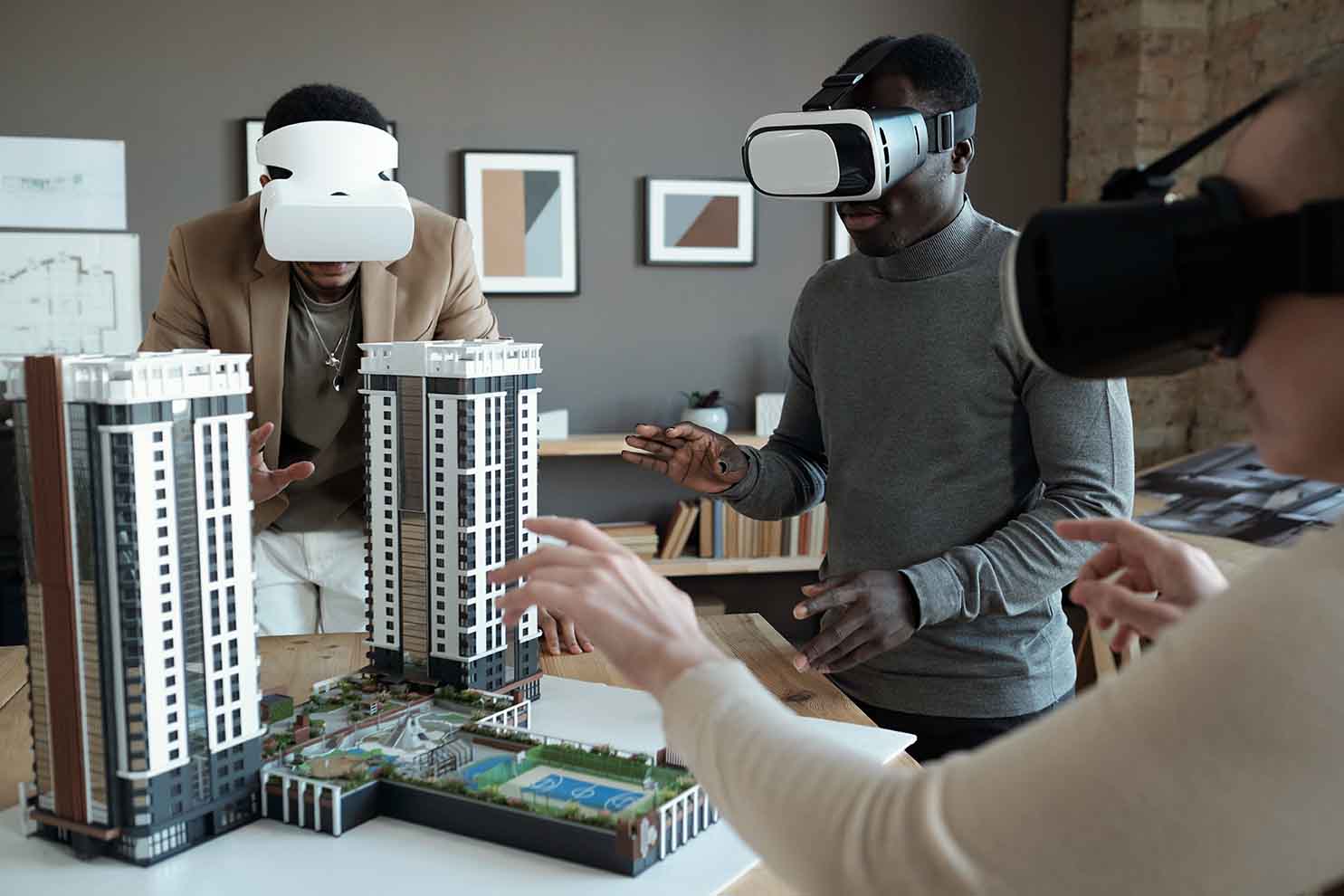Videos can vary in length, style, and purpose, but the goal is usually to tell a story or convey a message. Videos can be edited to include effects, music, and voice-overs to help create a specific mood or message. Videos are a great way to showcase a product, location or space, as they can be easily shared and viewed by anyone with internet access.
On the other hand, a 360° virtual tour is an immersive experience that allows viewers to navigate a space in 360 degrees. This type of tour is created using specialized software and hardware that captures images from every angle in a space and stitching them together to create a 360-degree view of a location. Viewers can interact with the tour by panning and zooming in on different areas, giving the viewer the able to control their own perspective and explore the space at their own pace, which provides a more comprehensive understanding of the space than a traditional video.
The key difference between a video and a 360° virtual tour is the level of interactivity. While videos are passive experiences that viewers can only watch, 360° virtual tours are interactive. This interactivity provides a more immersive experience that can be particularly useful to showcase spaces, such as a house, hotel or restaurant.
In conclusion, while both videos and 360° virtual tours offer visual representations of a space, location or product, they are different in how they are created and experienced. A video offers a linear narrative that is pre-determined by the creator and is great for telling a story or conveying a message, while a 360° virtual tour offers an immersive and interactive experience that allows the viewer to control their own perspective. Ultimately, the choice between using a video or a 360° virtual tour will depend on the specific needs and goals of the creator.




